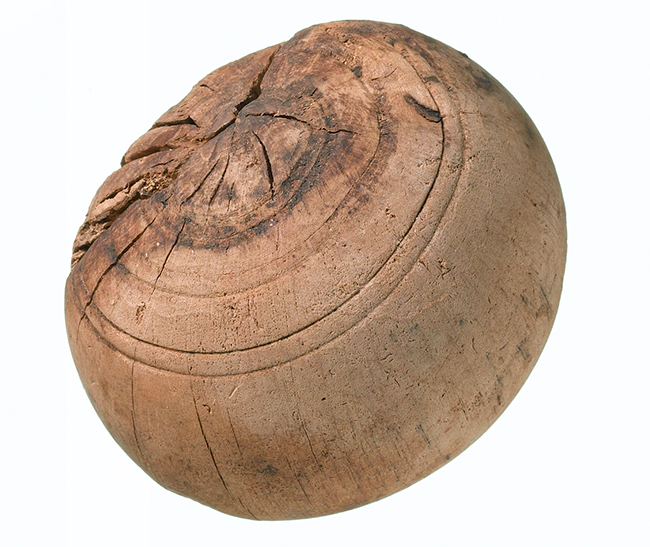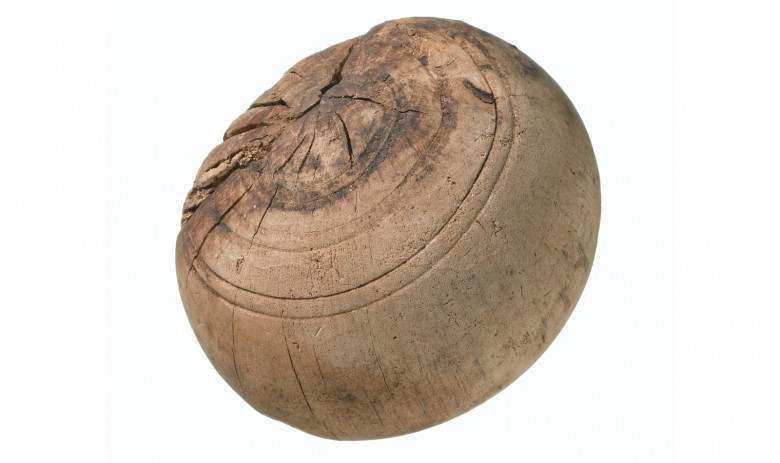15th February 2017
During the construction of London’s Crossrail – a new commuter train line – archaeologists have had the opportunity to excavate at 20 sites across the city. This has resulted in many fascinating finds, including a Tudor bowling ball, made from lignum vitae – a South American wood often used at the time for bowling, cricket, and croquet balls. The ball was found in a lost manor house known as King John’s Court, built c.1450–1550, near Stepney Green. While this area is now part of Greater London, back in the 15th and 16th century it would have been considered a place to visit for a weekend retreat in the countryside. Bowling in this period was reserved only for the nobility – Henry VIII enjoyed the game himself but ordered a £100 fee to be charged on any private bowling green to ensure the game was kept to the upper classes as he felt 'Bowyers, Fletchers, Stringers and Arrowhead makers' were spending too much time at recreational pursuits and not enough time working their trade.
Finds from the excavations are now on display at the Museum of London Docklands. The exhibition, Tunnel: The Archaeology of Crossrail, will run until 3rd September, 2017.
With a second Crossrail project in development, there are sure to be more great discoveries made in these excavation pockets of London over the coming years.
BBC: The archaeological legacy of the Crossrail excavations
Crossrail: Archaeology at Stepney Green
Tunnel: The Archaeology of Crossrail exhibition

Image: Tudor bowling ball, © Crossrail/MOLA
